Banff National Park tops many travel wish lists for good reason. Stunning mountain landscapes are dotted with breathtaking glacial lakes and blanketed with evergreens as far as the eye can see. Whether you choose to view Banff from the comfort of your car or go on an epic backcountry hike there is an adventure for everyone. With such majestic scenery it’s no surprise that more people are traveling to Banff than ever before; and with so much to see and do in Banff planning a trip to Banff can be a bit overwhelming. Armed with these tip you can make your trip to Banff one to remember.
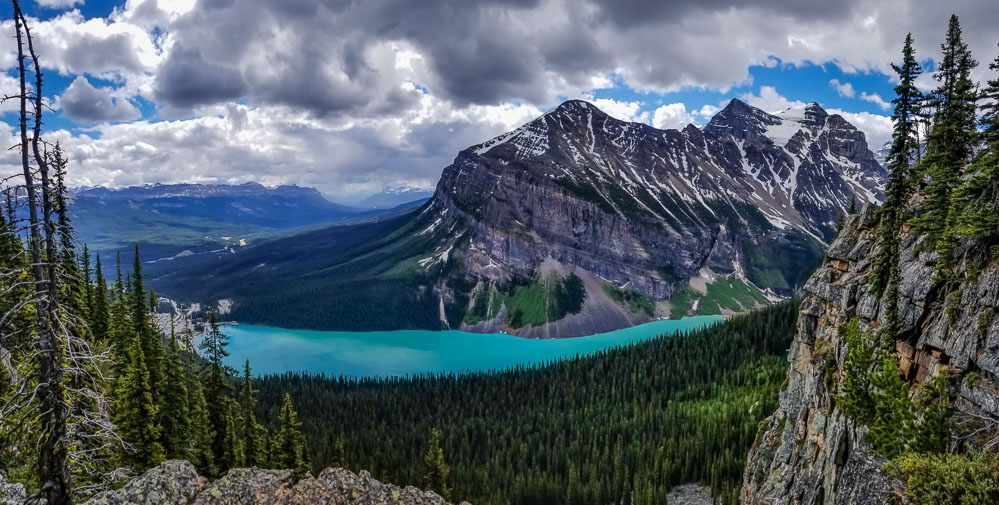
This post contains affiliate links, when you make a purchase or book a hotel through these links the Casual Travelist receives a small commission that helps support this site at no additional cost to you.
Traveling to Banff
Calgary International Airport (YYC) is the nearest airport to Banff National Park and you should expect a 1.5 hour drive in typical traffic. There is regularly scheduled shuttle bus service from Calgary International Airport to Banff but for the greatest flexibility in getting around Banff I suggest renting a car. You can also arrive by train, either by Canada Rail (you can travel all the way across Canada by train btw) or the luxury Rocky Mountaineer from Vancouver. Banff is also a must stop for any trip through Canada.
Getting Around Banff National Park
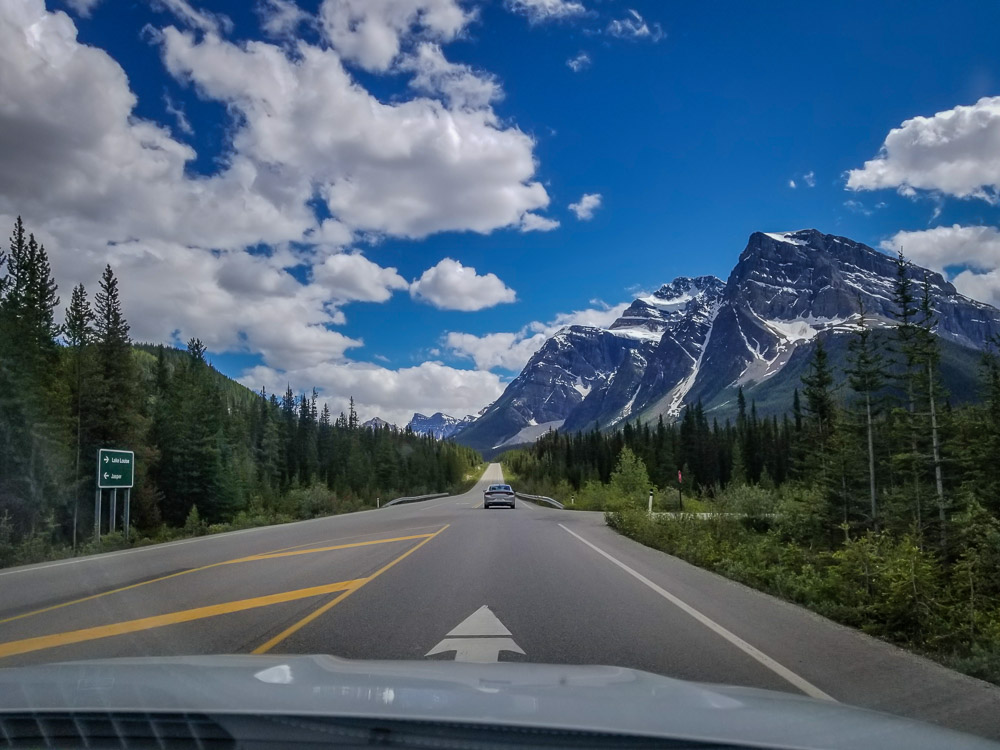
While having your own car offers the most freedom there are some public transportation options. Roam Transit offers a hybrid bus service linking Canmore and Banff to some of the most popular sites throughout the park. Alternately you can take a hop on/ hop off bus which stops at Banff, Johnston Canyon, Lake Louise and Lake Moraine.
When to Visit Banff
Late June through early September is the high season for Banff. Sunny days and mild temperatures draw crowds looking to experience Banff’s beautiful glacial lakes and adventurers seeking to hike the back country of the Canadian Rockies; along with the crowds come higher lodging prices. Banff’s three ski resorts are the big draw during the winter months with skiing, snowboarding and plenty of apres-ski activities for everyone.
Spring and autumn are Banff’s shoulder seasons, the crowds thin out but if you come during this time be prepared for unpredictable weather. It’s not uncommon for it to snow in May or September.
Entrance Fees for Banff National Park
Adults and seniors can purchase a day pass to Banff ($9.80/$8.30 CAD or $19.60 for groups up to 7 traveling in the same vehicle) that will give you entrance not only to Banff but to Jasper, Yoho, Kootenay and Waterton Lakes. Kids 17 and younger can visit for free!
If you plan on staying in the Banff area for an extended amount of time or plan on visiting multiple Canadian national parks the Discovery Pass ($67.70/$57.70/$136.40 CAD for adult/senior/group) is a great deal. The Discovery Pass grants access to over 80 Parks Canada sites.
Weather in Banff
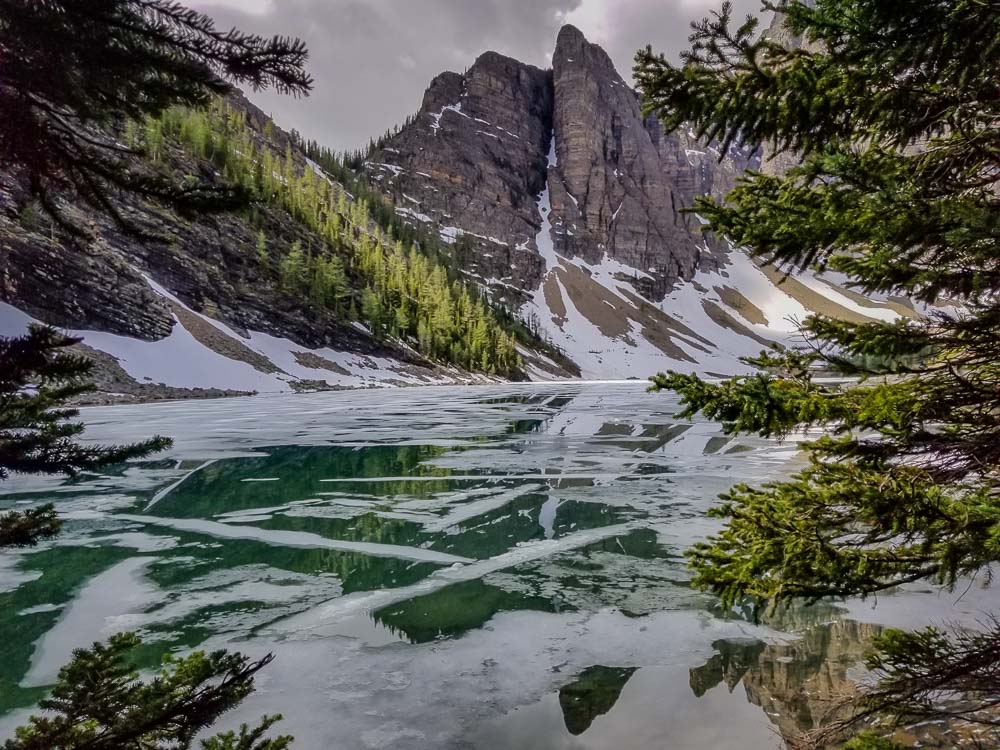
Weather in Banff can be highly variable, even in the summer months. Summer days are usually sunny with high temperatures that range from 60-75 degrees Farenheight ( 15-24 degrees Celsius) but it’s not uncommon for cooler temperatures and rain, even in July and August. From October to April snow (and lots of it) are a given.
Where to Stay in Banff National Park
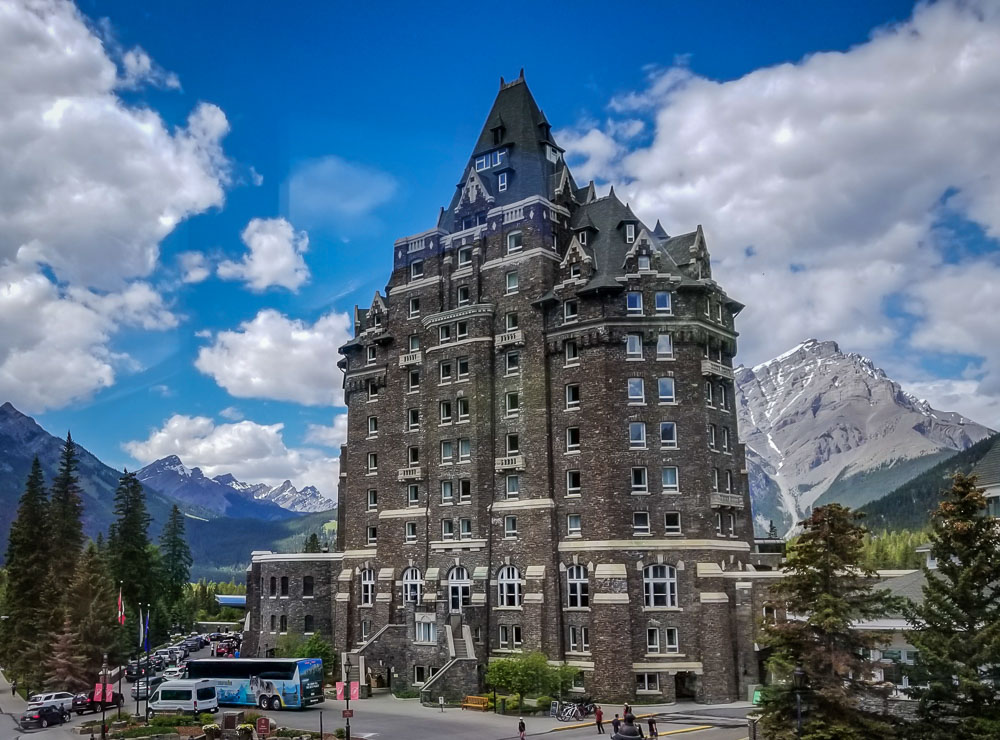
Whether you want a cozy cabin, a family friendly condo or five star luxury there’s a place for everyone in Banff. Accommodations can be pricey in the high summer season but you can find deals by visiting in the off season. Most of the lodging options in the national park are centered around Banff and Lake Louise, but the town of Canmore just outside Banff has a lot of options and a great mountain vibe.
Hotels in Canmore
Hotels in Banff
Hotels in Lake Louise
Post Hotel Lake Louise (Read my review)
Things to Do in Banff National Park
Banff is all about the outdoors and experiencing the splendor of the Canadian Rockies. I’ve listed the sites here in order of distance from the park entrance. Since the vast majority of Banff is wilderness it’s best to keep your gas tank on the higher side. There are far more hikes, sights and activities in Banff than I can list but I think the following sites highlight the best of the Canadian Rockies.
Lake Minnewanka
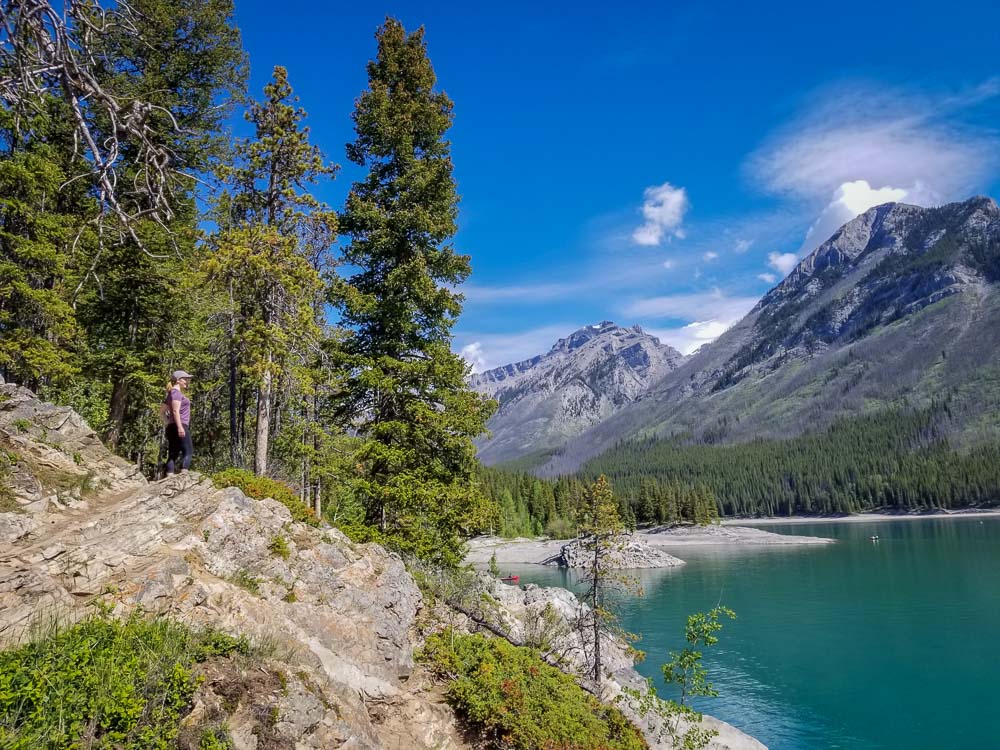
Banff National Park has no shortage of beautiful glacial lakes and Lake Minnewanka has something for just about everyone. Located just 5 km from the town of Banff this 21 km (13 mile) long lake is big on size and adventure. Trails along the rocky shore offer plenty of opportunity for hiking, mountain biking and picnicking. Lake Minnewanka is also your best bet for getting out on the water; the guided scenic boat cruise is a popular way to explore the lake and learn about it’s cultural history (including First Nations’ archeological artifacts ) or you can rent a canoe for a fraction of the price of Lake Louise.
Town of Banff
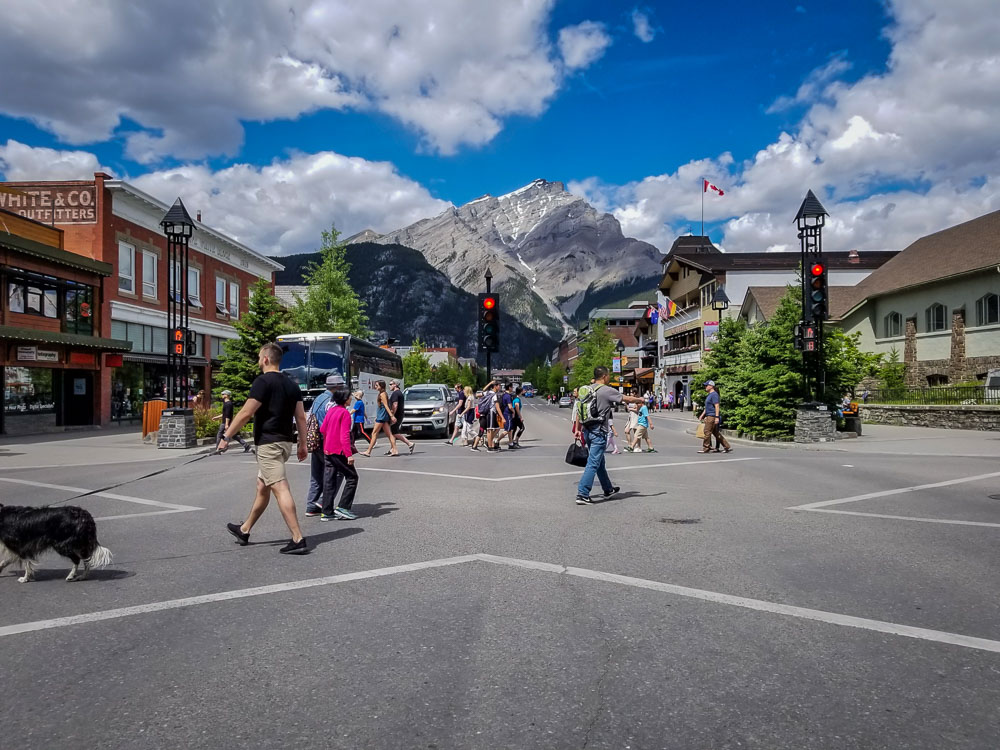
Banff offers a lot of lodging and restaurant options with a great view of Mount Norquay, but can get quite crowded during the busy summer season. While you’re in town make sure to take a stroll along the scenic Bow River Trail and check out the grand Faimont Banff Springs Hotel.
Johnston Canyon
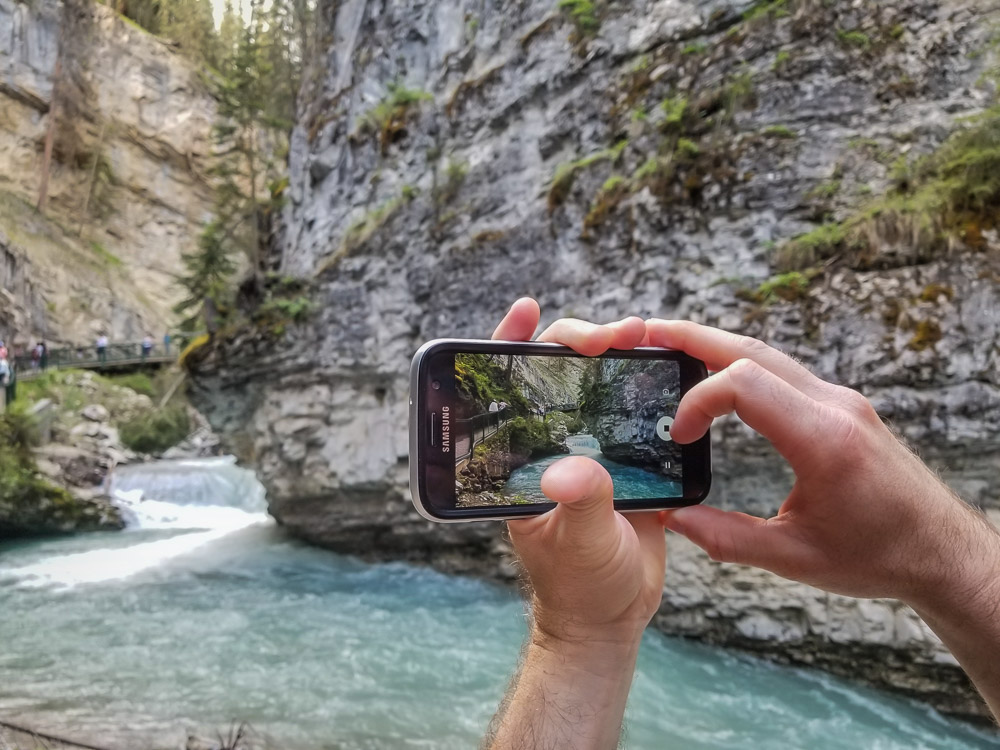
Johnston Canyon is one of the most popular attractions in Banff. Flanked by a lush evergreen forest, Johnston Creek has carved a winding limestone canyon to dramatic effect. An easy hike can bring you to the Lower Falls, and the crowds thin out if you continue on to the Upper Falls. If you have several hours continue 3km to the Inkpots, seven emerald colored mineral springs set in an open meadow.
Lake Moraine
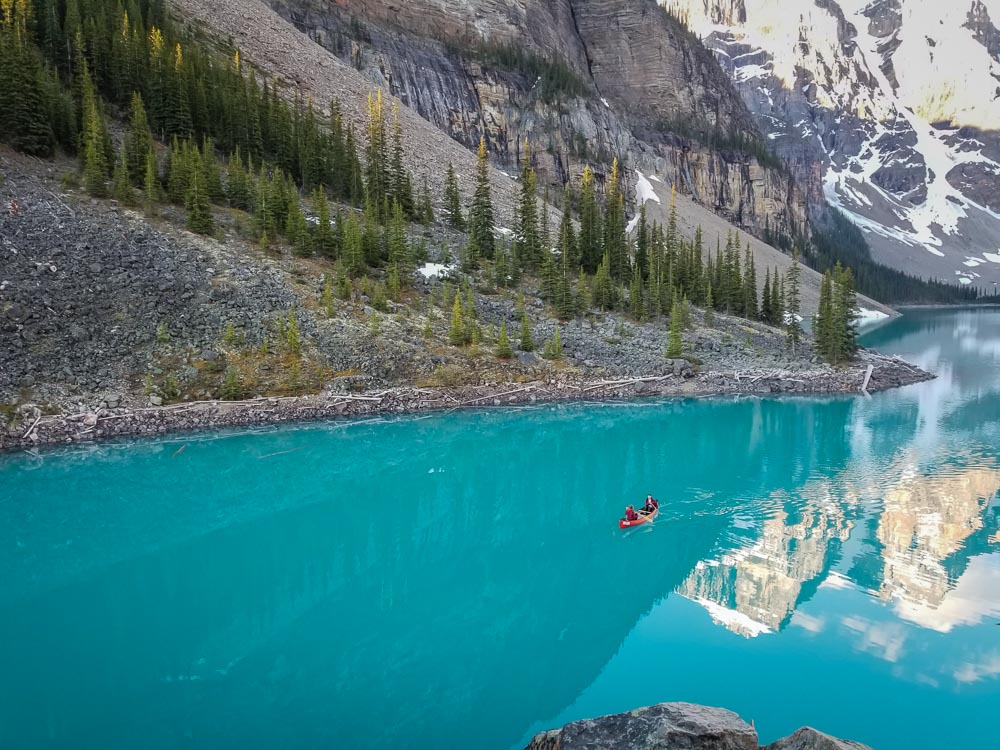
Located 14 km from the village of Lake Louise the stunning aquamarine waters of Lake Moraine are one of the most iconic views in the Canadian Rockies (so much so that Lake Moraine was once featured on the back of Canada’s twenty dollar bill). The most popular view can be had from a quick 15 minute hike to The Rockpile for a view of this beautiful glacial lake but there are a variety of hikes (including Constellation Lake and Sentinel Pass) for those looking for a bit more adventure.
Aim to get to Lake Moraine before 7am as the parking lot fills up and Parks Canada staff will turn cars away ( a shuttle is available from Lake Louise of the Lake Louise Park and Ride later on in the day). Lake Moraine is accessible May-October and is closed during the winter due to high avalanche risk.
Lake Louise
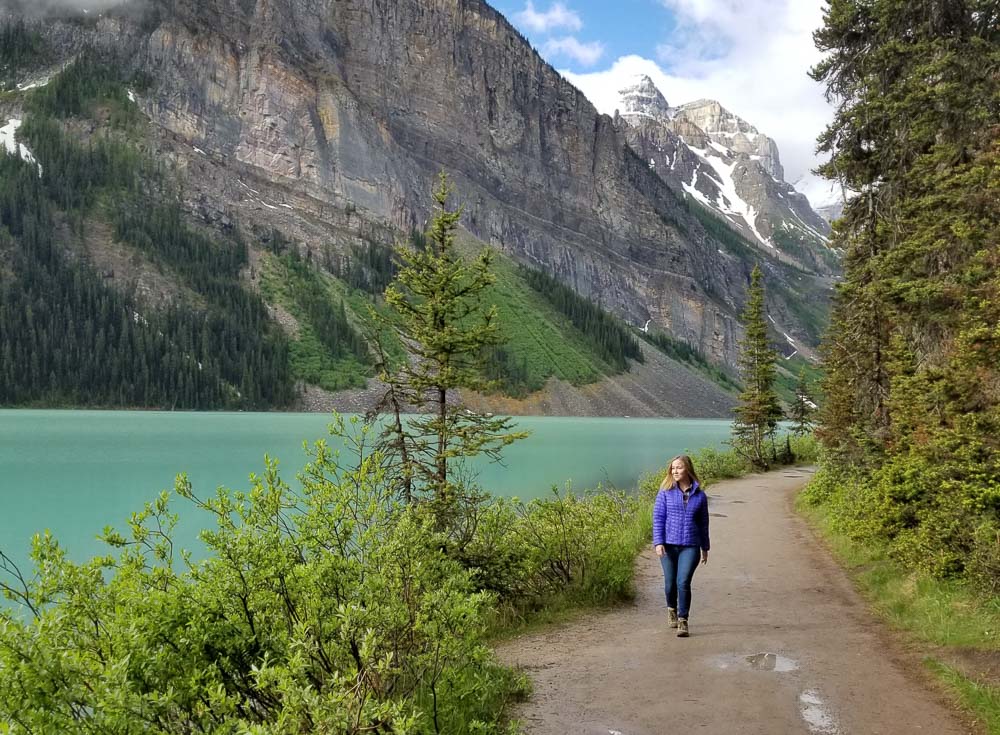
Lake Louise is one of the most photographed places on the planet and it’s not hard to see why. Carved by the Victoria Glacier, massive peaks flank beautiful turquoise water and the palatial Fairmont Chateau Lake Louise welcomes everyone. Summer brings crowds looking to enjoy this mountain paradise and your best bet is to get here early (the tour buses start to arrive at 8 am and the parking lots fill up).
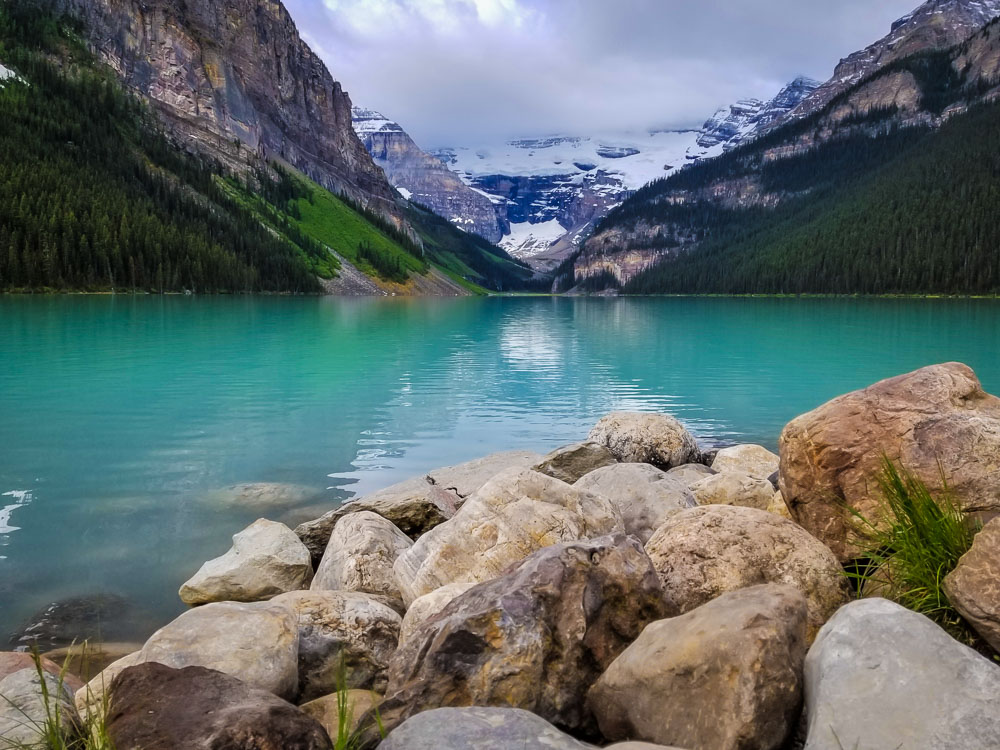
What to do while you’re at Lake Louise? Canoeing Lake Louise is a bucket list item but at $135/hour this experience doesn’t come cheap. If hiking is more your style Lake Louise has a trail to suit everyone. The Lakeshore Trail is flat and hugs the lake but there are plenty of options if you crave a bit more elevation and adventure.
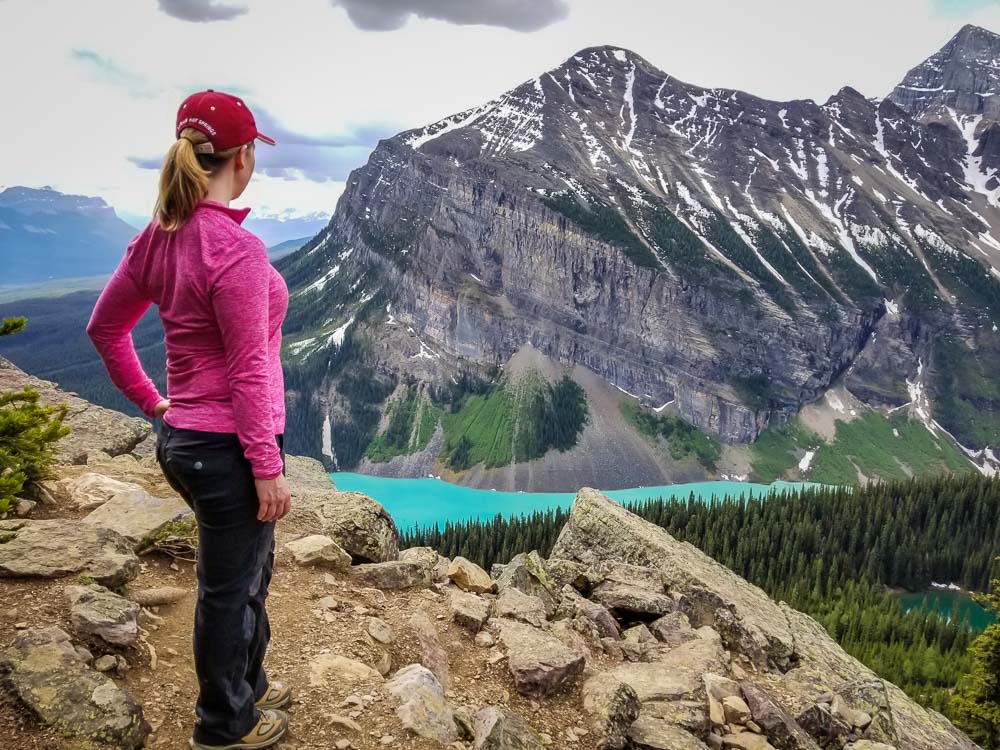
The Lake Agnes Teahouse hike from Lake Louise is one of the most popular hikes in Banff. The trailhead is a few minutes walk from the Fairmont Chateau Lake Louise and is a moderately steep hike on a packed dirt path but the payoff for your effort is well rewarded. Plan for 2–3 hours roundtrip with plenty of time to stop at Mirror Lake as well as Lake Agnes and it’s famous teahouse where you can stop for a cup of tea, hot soup and a pastry (the teahouse accepts cash only and waits can be up to 45 minutes during the busy summer season). Hike past the teahouse to the Little Beehive, a rocky outcrop with a bird’s eye view over Lake Louise.
Icefields Parkway
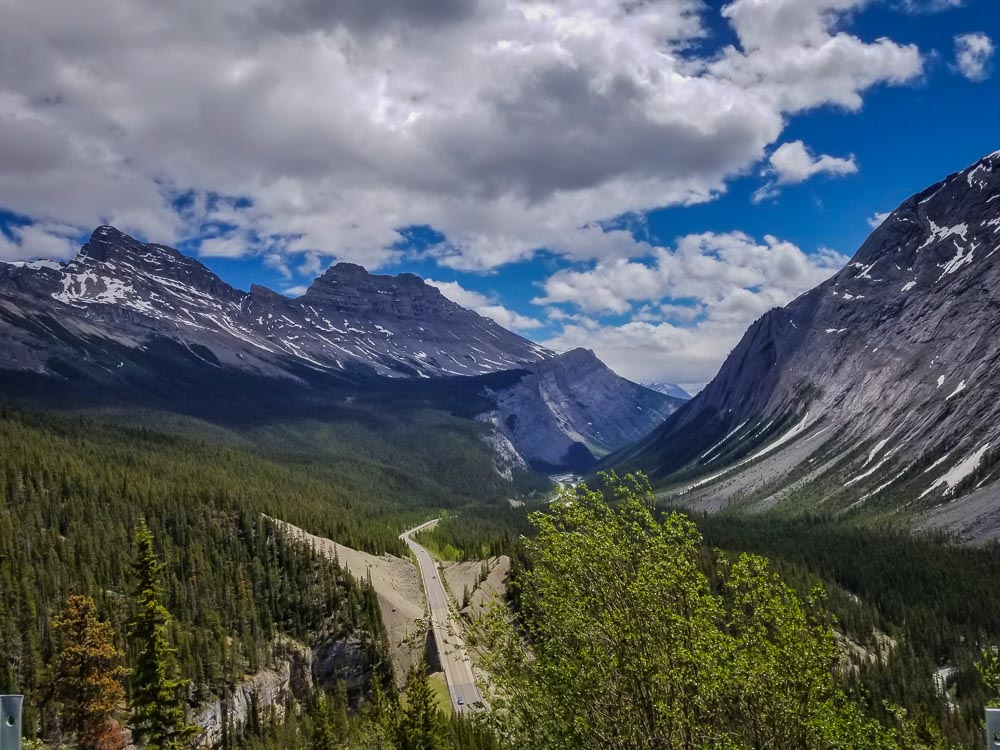
The Icefields Parkway go from Banff to Jasper National Park has been lauded as one of the world’s most scenic road trips and I’d have to agree. Many people take this epic drive as a day trip from Banff ending at the Columbia Icefields, but if you want to continue onto Jasper be sure to take a look at this comprehensive guide to the Icefields Parkway and check out this guide for things to do in Jasper.
Bow Lake
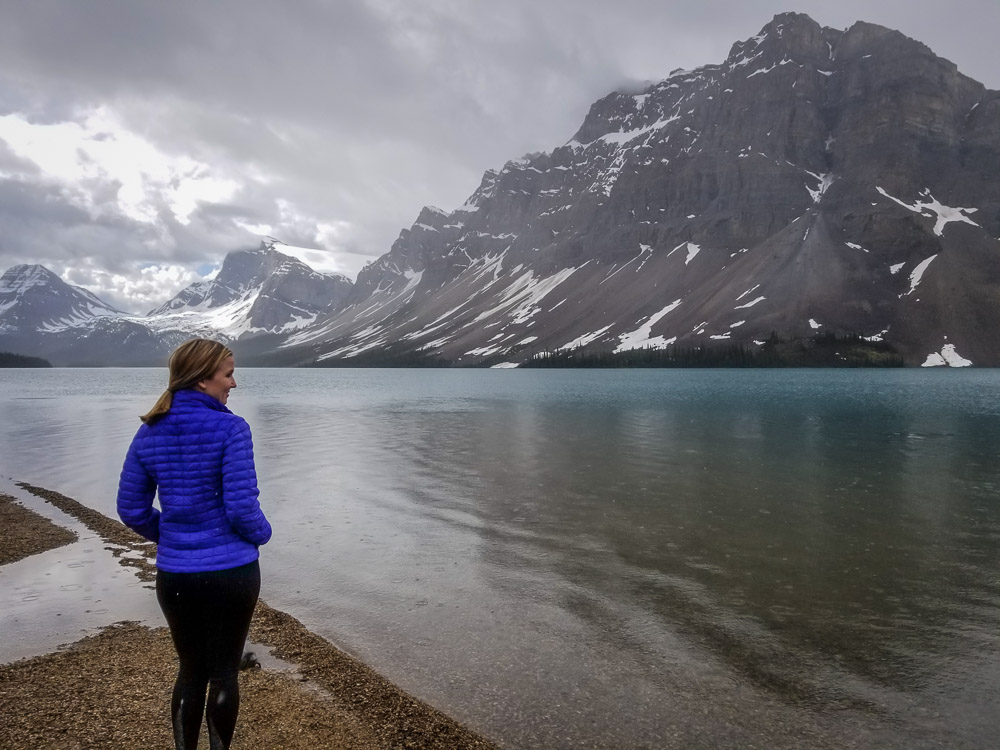
Located 37 km north of Lake Louise Bow Lake is one of the largest lakes in Banff National Park. Easily viewed from the Icefield Parkway, this lake owes it’s beautiful turquoise color from glacier runoff from Bow Glacier. The blue water is especially strking against the backdrop of Bow Summit when it’s sunny but is still impressive if it happens to be overcast. Park at Num-Ti-Jah Lodge for great views or to walk along the lake.
Peyto Lake
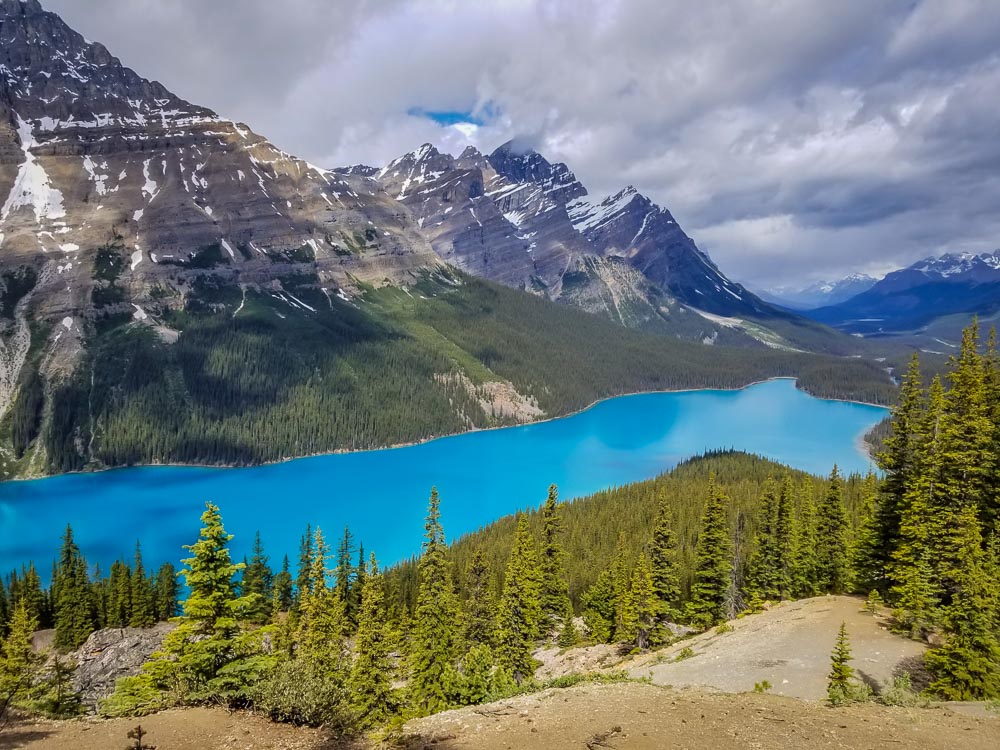
Just 5 minutes from Bow Lake the bright blue of Peyto Lake is stunningly surreal. Follow signs for “Bow Summit” (there are no signs that say “Peyto Lake”) and a short, but steep hike brings you to one of the most beautiful views on the planet. Peyto Lake is extremely popular so be prepared for crowds.
Mistaya Canyon
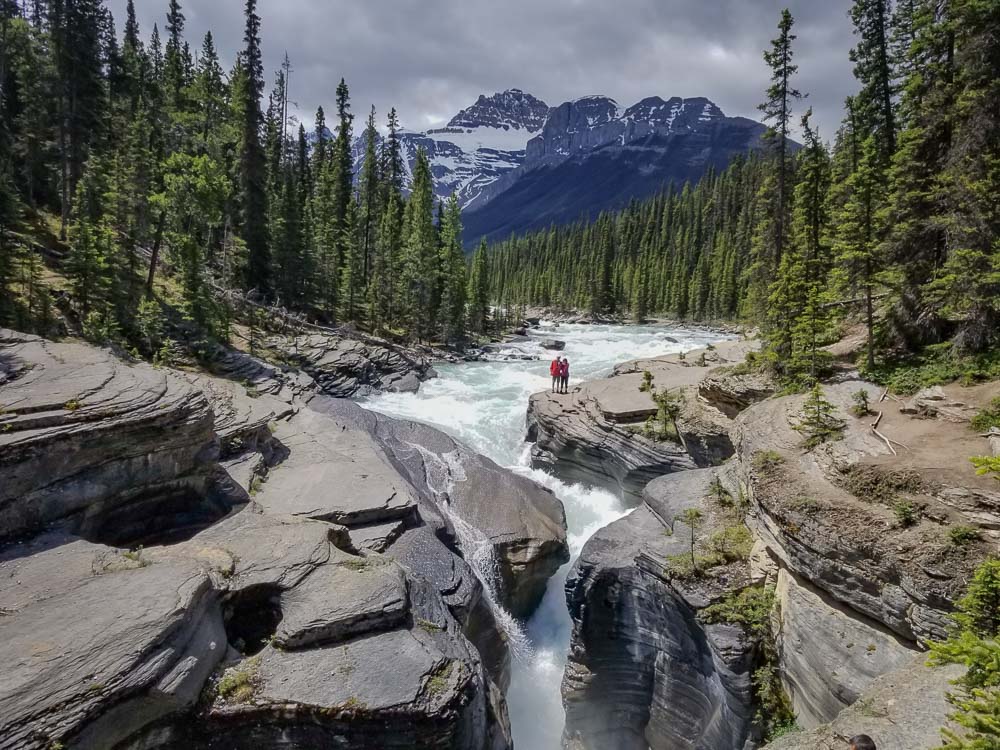
67 km from Lake Louise Mistaya Canyon was one of my favorite stops along the Icefields Parkway. A short hike takes you where the power of the Mistaya River has cut a beautiful swirling gorge into the limstone. Set against the backdrop of towering evergreens and snow covered peaks Mistaya is just stunning.
Columbia Icefield/Athabasca Glacier
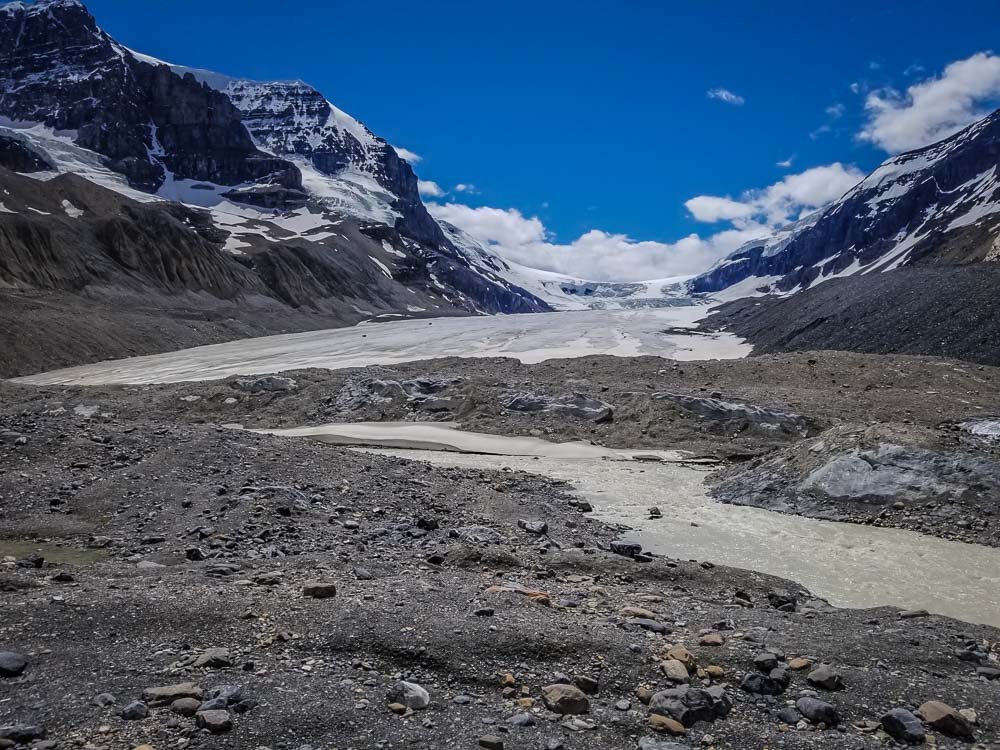
The largest icefield in the Canadian Rockies, the Colombia icefield is 130 km from Lake Louise and while it is located in nearby Jasper National Park many people visit as a day trip from Banff. Athabasca Glacier is the most visited glacier in North America and is receeding at an alarming rate of 15 feet per year. Stop at at the Columbia Icefield Discover Center to check out exhibits on the glaciers, purchase tour tickets or grab a bite to eat in the cafe.
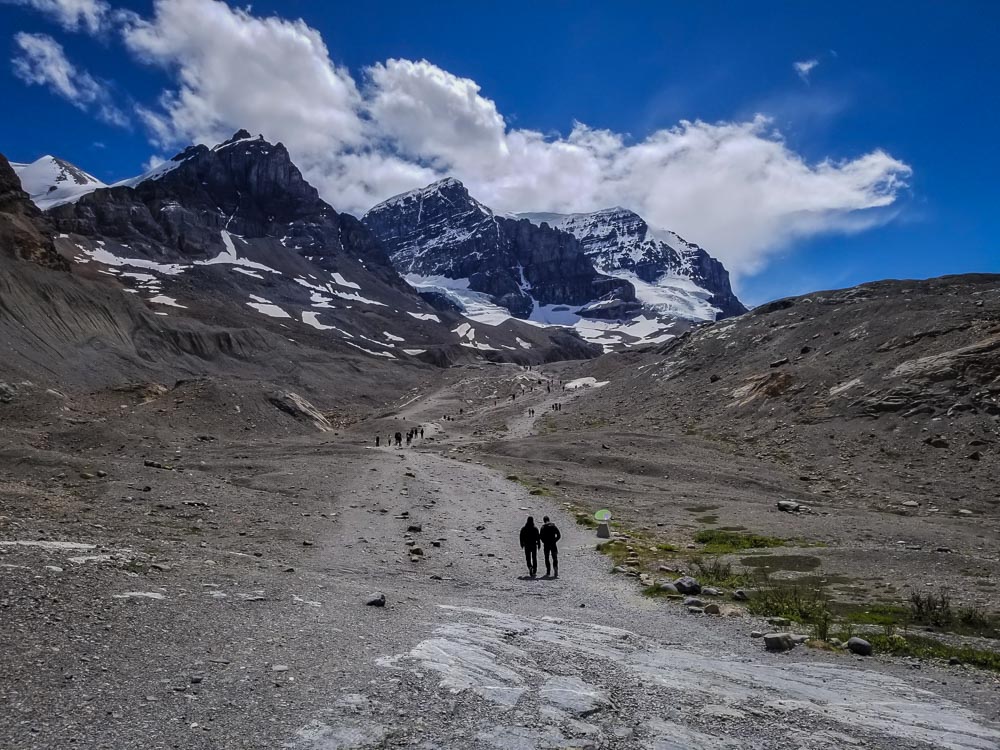
There are several ways you can get close to the glacier. You can take a guide Snocoach tour onto the glacier where you are then allowed to walk around the glacier for about 20 minutes. If you are a bit more adventurous you can opt for a guided ice walk tour (walking on the glacier without a guide is prohibited), these last between 3-6 hours depending on the tour you choose. Alternately you can do a self guided hike to the toe of the glacier (this is what we chose to do). The hike to the toe of the glacier takes about 40 minutes but is steep with loose rocks and is not appropriate if you have any mobility issues.
Tips for visiting Banff National Park
Crowds
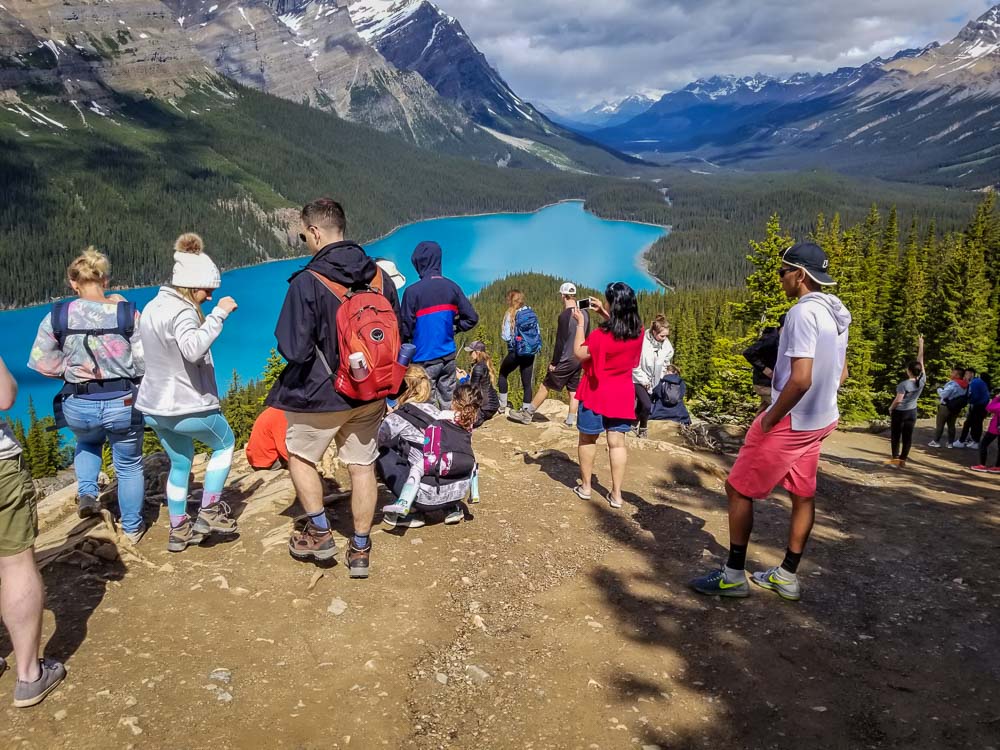
Banff National Park is the top tourist destination in Canada and parts of the park can get extremely crowded in the summer months, especially when the tour buses roll through. Expect to have trouble finding parking in both the town of Banff and Lake Louise as well as waits at more popular sites like Johnston Canyon and Lake Moraine.
Canoeing in Banff
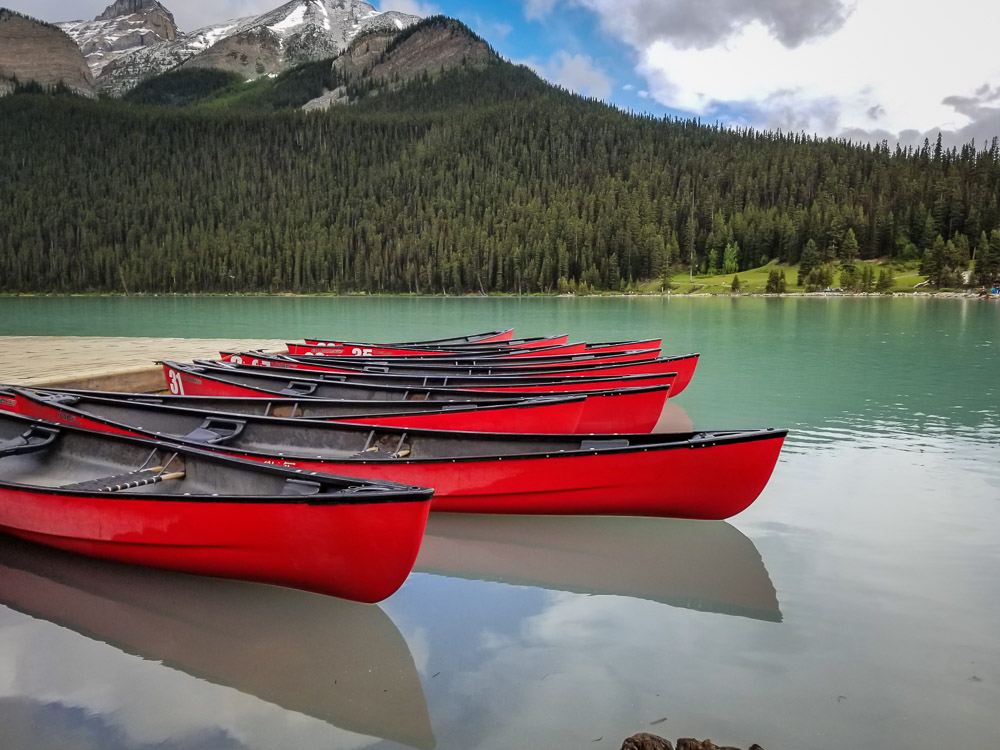
Canoeing the beautiful glacial lakes tops many Banff wish lists but it can be pricy, especially at Lake Moraine ( $100/hour CAD) and Lake Louise ($135/hour CAD). Consider canoeing at Vermillion Lakes ($40 CAD), Lake Minnewanka( $65/hour CAD) or Emerald Lake in nearby Yoho National Park ($80/CAD).
Altitude
With altitudes of 5,000 feet and up, you may need some time to adjust especially if you live at or near sea level like me. While the altitude didn’t prevent me from doing anything the hikes I did on my first full day felt more strenuous than the ones after a few days of being able to acclimate.
Don’t ask the Australian server for hiking tips
I’d often chat with servers and staff during my trip, most of whom were from Australia. Without fail whenever I’d ask for hiking tips I’d get a recommendation for a 20 mile 2 day ridgeline hike. I’m sure it’s a great hike but not quite what I was looking for.
Stay in Canmore
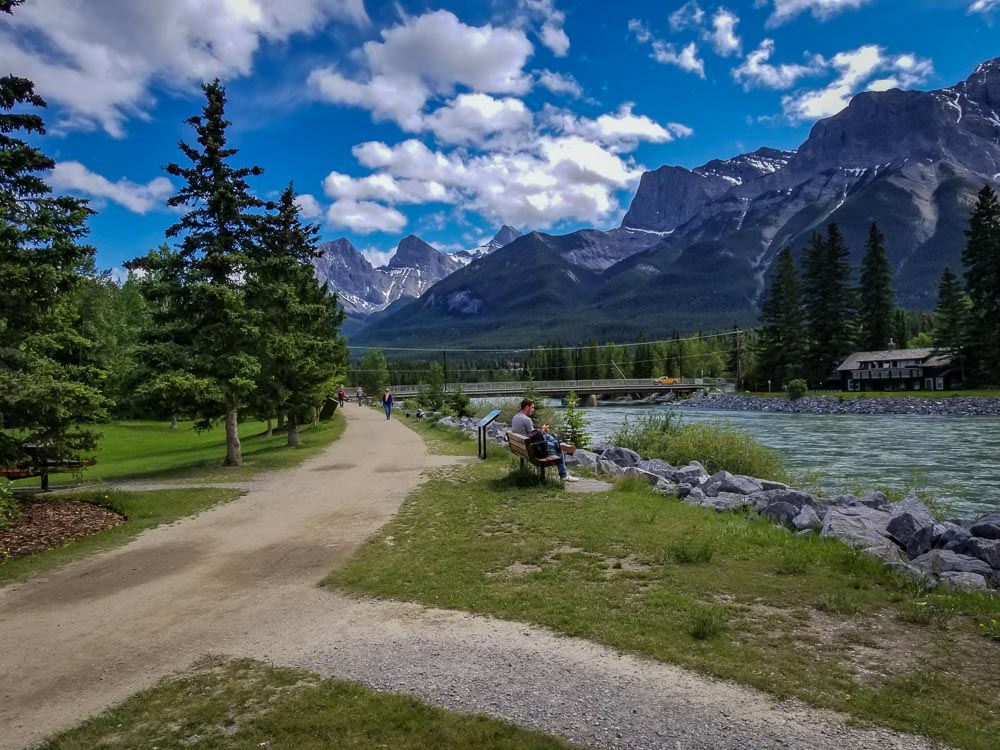
On the recommendation of a few friends who live in Calgary we stayed in Canmore for the first half of our trip and I’m sure glad we did. Hotels and restaurants in Canmore were less expensive and it wasn’t at all crowded. We loved the laid back mountain vibe here and I wish I had more time to check out the hikes, biking and rafting in Canmore.
Wear good shoes
Unless you’re walking the sidewalks around town Banff is not the place for flip flops. Many trails are steep and uneven with loose rocks. Nothing ruins a trip faster than a sprained ankle.
Wildlife in Banff
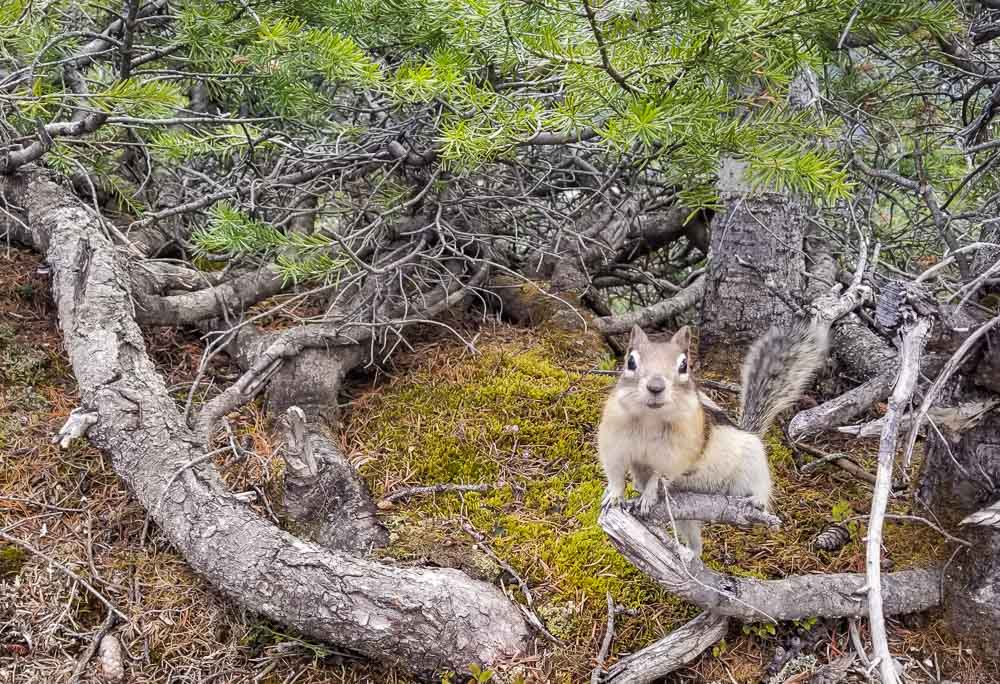
Wildlife sightings are very common in Banff but use common sense and keep your distance, both for your safety and that of the animals. Elk, deer, bighorn sheep, groundhogs and chipmunks are commonly spotted; you may also see bears (more on bears below), mountain goats, coyote or wolves.
Bears
Banff is home to both grizzlies and black bears. Do not approach bears or get out of your car to view them (common sense) and if you’re hiking more remotely take bear spray.
Check hiking trail conditions before you go
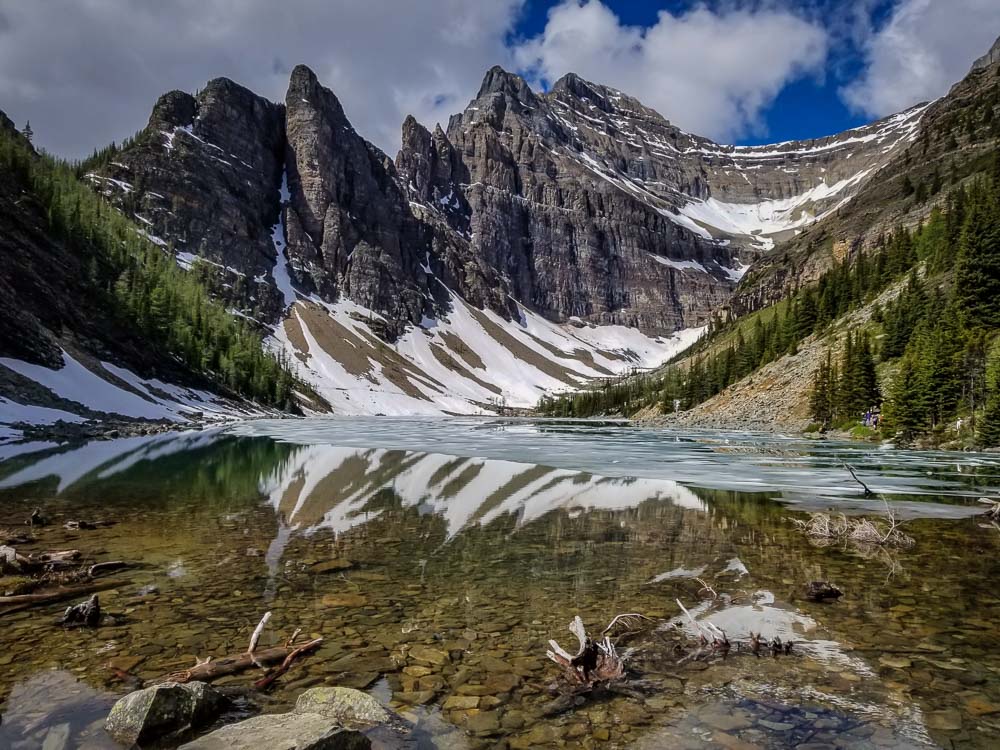
Hiking trail conditions can be highly variable, especially higher altitude backcountry trails or if there’s been a lot of snow earlier in the year. Check for current trail conditions before you hike.
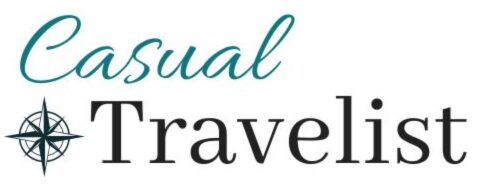
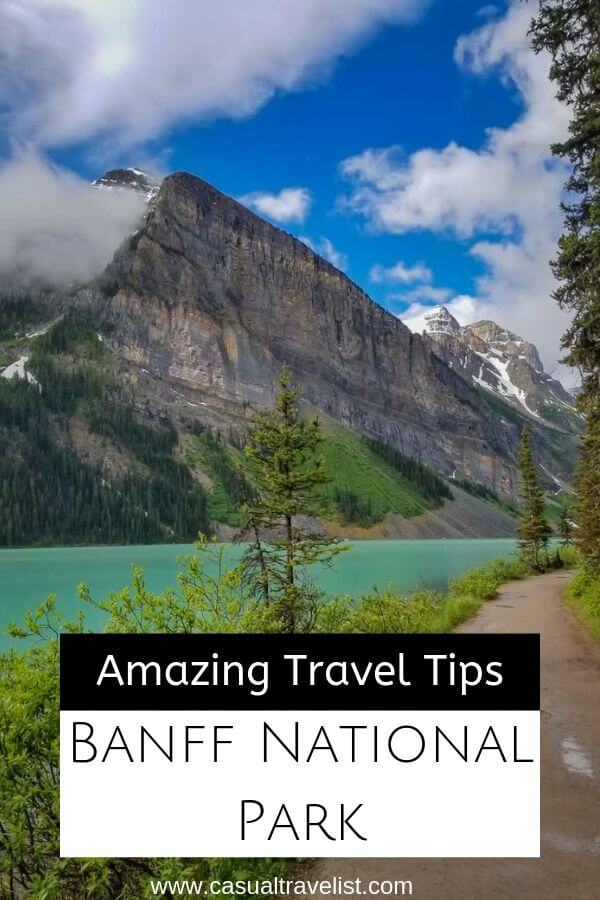
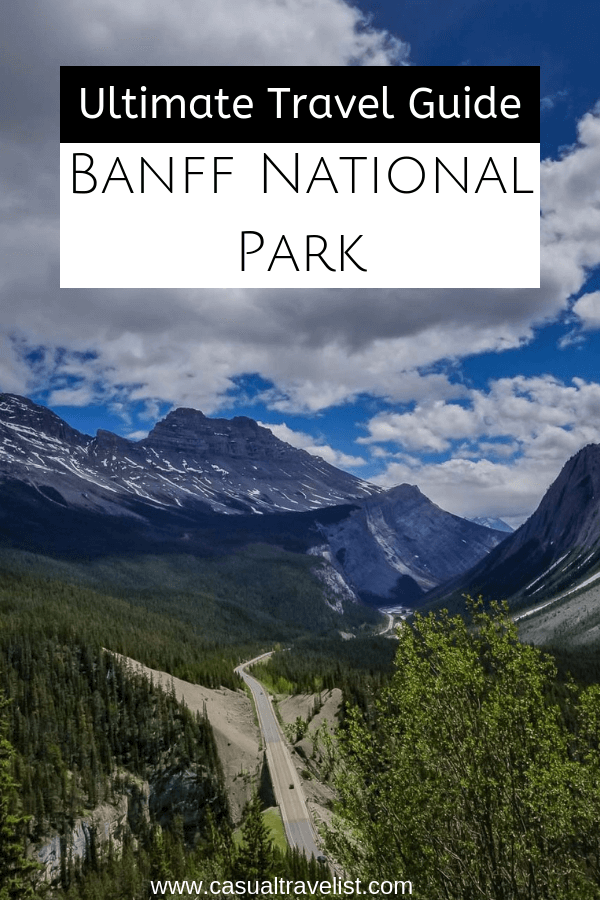
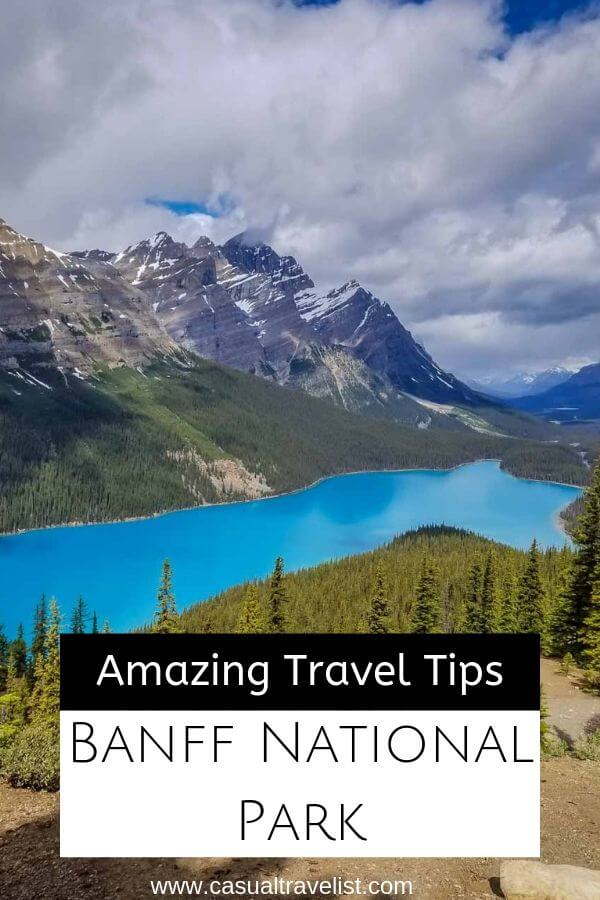
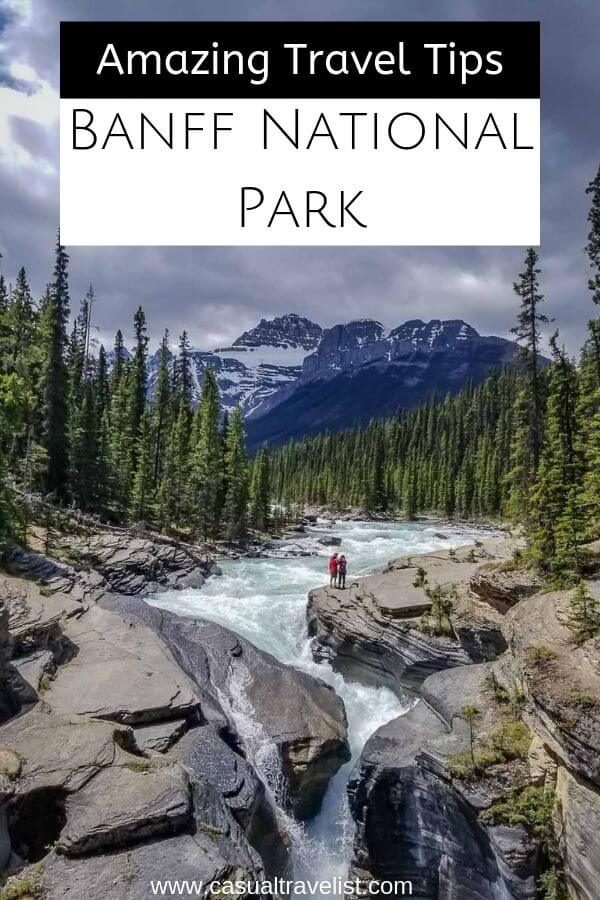
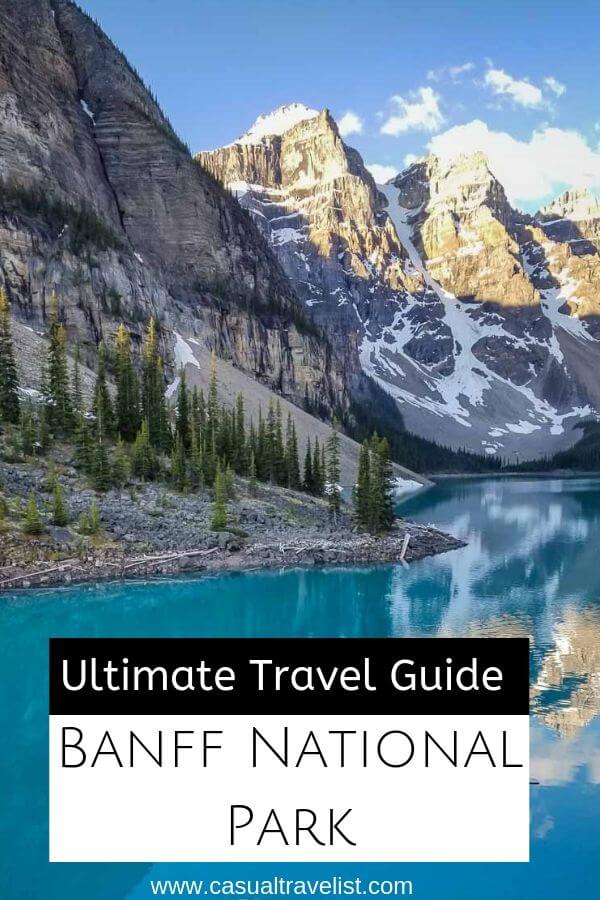
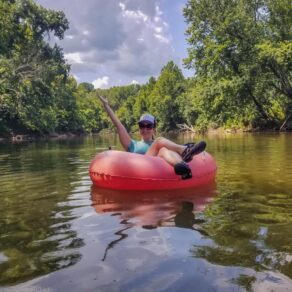
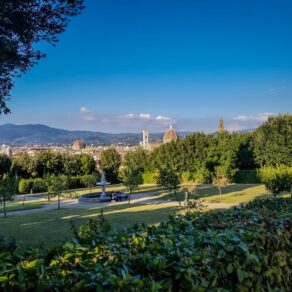
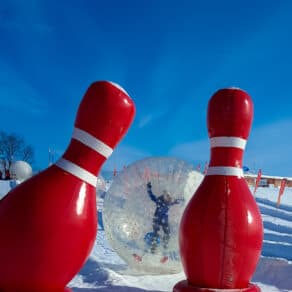
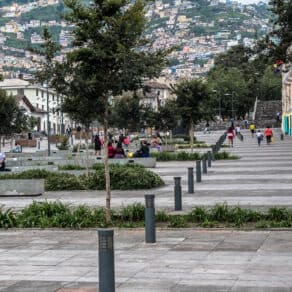
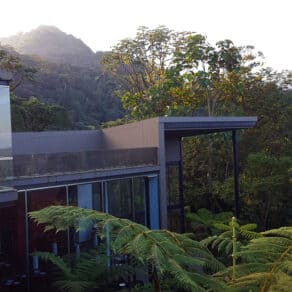
Nancy Williams says
I absolutely cannot wait to visit Banff someday. Reading this and seeing your pictures makes me want to go now!
Andi says
Banff has been on my personal bucket list for a very long time, but I think I missed my window as it is becoming increasingly popular, I like the idea of Banff alternatives nearby. This region is 1000% gorgeous and I will get there some day!
Sue Davies says
The water looks so blue/green in all of the lakes. Very helpful post. And so sad to hear how quickly the glacier is retreating. Definitely, need to get there soon before it becomes even more crowded.
Laureen Lund says
Your photos are stunning. It’s one of my favorite places in the world. Thanks for the walk down memory land!
Tamara says
I’m so happy to see that most of what I had on my itinerary has been included in your post!
Rashmi K says
Banff National Park is on my travel wishlist. Awesome pics. The natural beauty of this place is absolutely captivating. I hope to visit this national park soon.